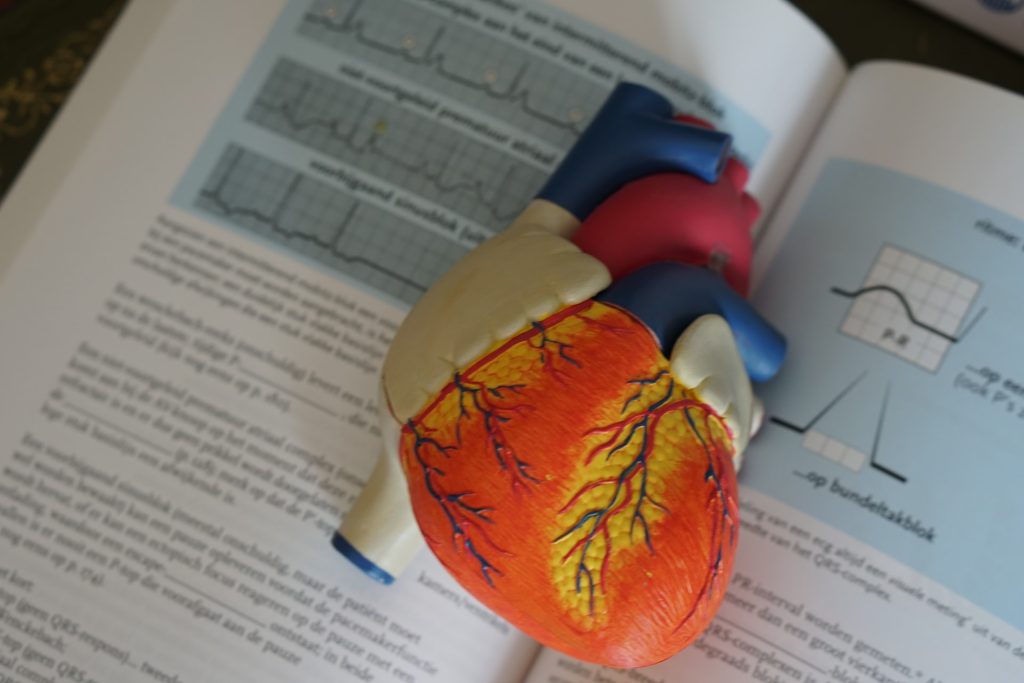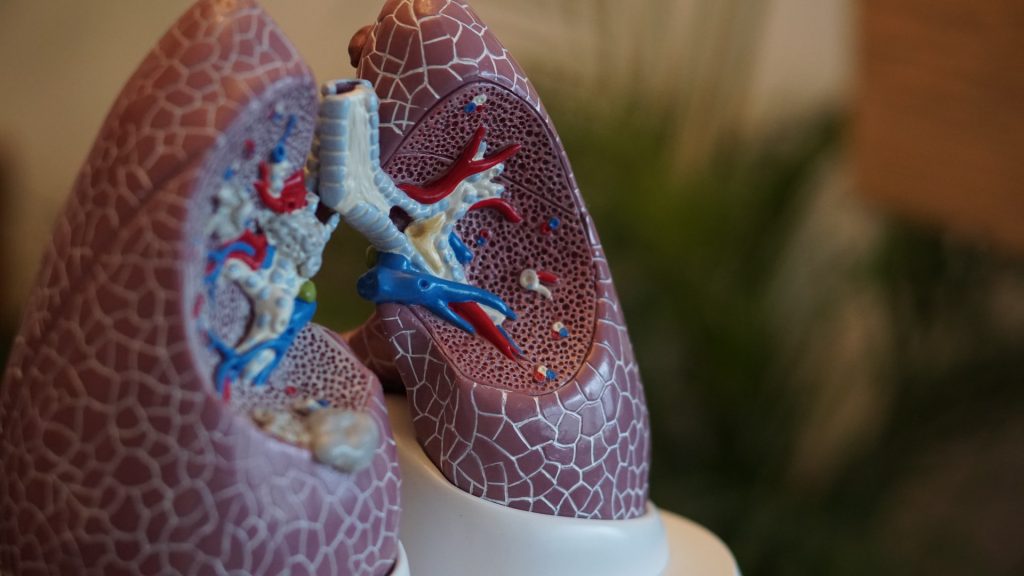Low Sex Hormone Levels Linked to Rotator Cuff Tears

Patients with lower levels of sex hormones are more likely to need to undergo surgery for rotator cuff tears, suggests a study in The Journal of Bone & Joint Surgery.
Sex hormone deficiencies “was associated with a significantly increased incidence of RCR within [two] independent databases,” according to the new research by Peter N. Chalmers, MD, and colleagues at University of Utah. These findings add to previous evidence that hormone levels may be a systemic factor contributing to the development of rotator cuff tears, a common condition that is a major cause of shoulder pain.
The study used health insurance data for nearly 230 000 adults under age 65 who underwent surgery to repair a torn rotator cuff from 2008 through 2017. Patients were matched for age, sex, and type of insurance to patients who did not undergo rotator cuff surgery.
Patients undergoing rotator cuff repair had an average age of 54 years, and 58% were men. Most patient characteristics were similar between those who underwent rotator cuff repair and those who did not, except tobacco use, which was more common in the surgical cohort.
Dr Chalmers and colleagues found that 27% of women and 7% of men undergoing rotator cuff surgery had diagnosed sex hormone deficiency, compared with 20% and 4% respectively in the control group. Controlling for other factors, rotator cuff repair likelihood was 48% higher in women with oestrogen deficiency and 89% higher in men with testosterone deficiency.
To confirm their findings, the researchers then accessed the Veterans Administration Genealogy database which has data on millions of individuals. Here, they found that rotator cuff repair was about 2.5 times more likely for women with oestrogen deficiency and three times more likely for men with testosterone deficiency.
This study builds on a prior study by the same research group, which demonstrated that women with mutations in an oestrogen receptor gene were more likely to develop rotator cuff disease, with higher rates of failed rotator cuff surgery.
Despite limitations such as not accounting for hormone replacement therapy, the observed association between sex hormone deficiency and rotator cuff repair strongly supports the theory that low oestrogen and testosterone levels may contribute to the development of rotator cuff tears. The researchers concluded that “Future prospective studies will be necessary to understand the relationship of sex hormones to the pathophysiology of rotator cuff disease.”
Source: EurekAlert!





